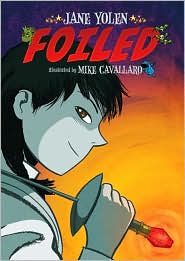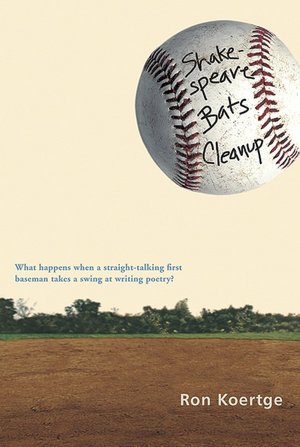by Markus Zusak
Published by Alfred A. Knopf
Copyright © 2006
“The Book Thief” is a dramatic and amazingly haunting story of ordinary people in Germany during World War II. The perspectives of this tale, however, are anything but ordinary.
Death, it is everywhere. Dying of old age or sickness is bad enough, but oh so often humans die at the hands of other humans. It is a wonder we haven’t exterminated ourselves. In this story we are taken to a time and a place where this had never been truer – Germany during World War II. It is in this hellish place that the personification of Death chooses to show why we (humans) are worth the effort, and it is through the story of a young girl.
Liesel is on a train with her mother and brother. They are bound for the town of Molching near Munich where the two siblings will be left with new foster parents. On the train ride Liesel’s brother dies and she and her mother are forced to get off at the next stop to arrange for his burial. It was in this place that she stole the first of many books.
After her brother is buried they board another train to finish their trip. Liesel is left with her foster parents, the Hubermann’s. Rosa Hubermann is a loud woman with a lethal mouth and Hans Hubermann is a quiet man with a kind heart. It is in this home where Liesel learns to read, and it is here that she learns that words can have great power for good and for bad. Poor Liesel will see both first hand as her life intertwines with that of a Jewish street fighter, the German Jesse Owens, various fanatical Germans, and of course her foster parents.
“The Book Thief” is a different take on an often written about time period. Many Holocaust novels seem to be written from the viewpoint of a Jewish person; however Zusak’s protagonist is a young German girl who is displayed as something of a heroine. This is interesting to me, because we generally like to pigeonhole Germans from that era as being horrible people who were rabid supporters of “the Fuhrer.” Zusak puts some cracks in that stereotype, to help us see that there were those who were likely very good people, who were caught up in a very dangerous situation.
I also thought that the author pulled off an interesting twist in perspective, by making the narrator of this tale be the death personified, the grim reaper if you will. I don’t believe in the immortality of the soul as the author suggests it at times; however as a fictional storytelling device it works well as a way to insert an outside/otherworldly view or opinion. I’m not sure if this has been done before, but I genuinely liked it. I think the story would have been good without it, but it is such an emotional tale that it helps give the reader some distance and some foreshadowing to prepare them for what is to come.
Though this book was written for young adults, some books transcend age limitations. “The Book Thief” tells a story that portrays what is beautiful and what is ugly about the human creature, and the way in which we use words. This book should be on the must read list of anyone 13 to 113.











